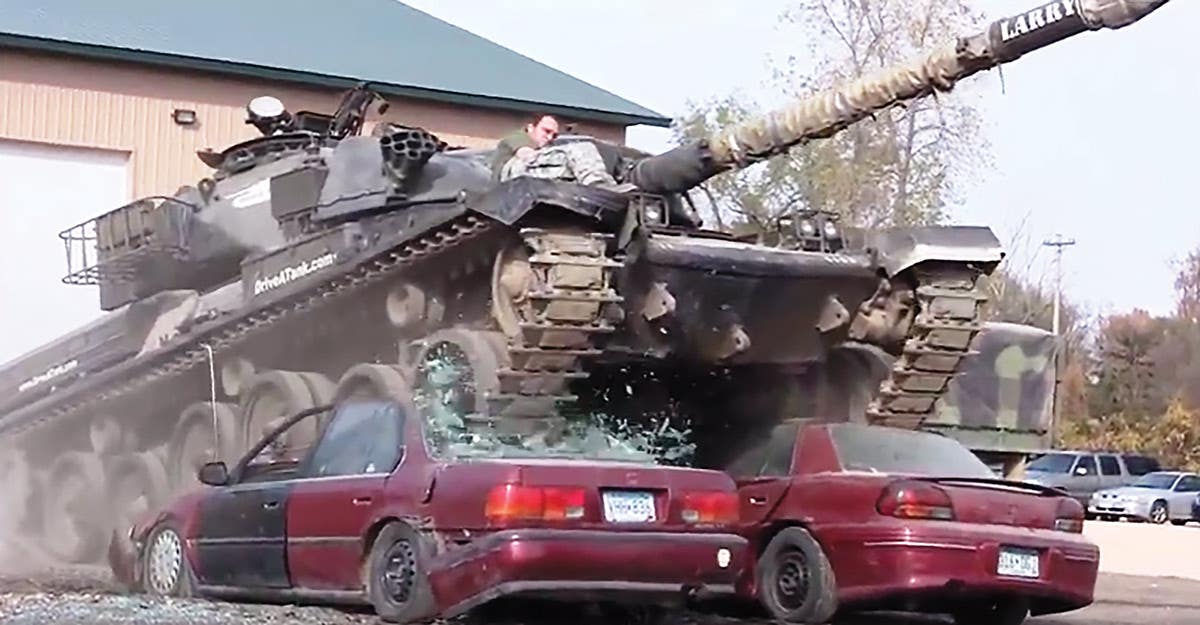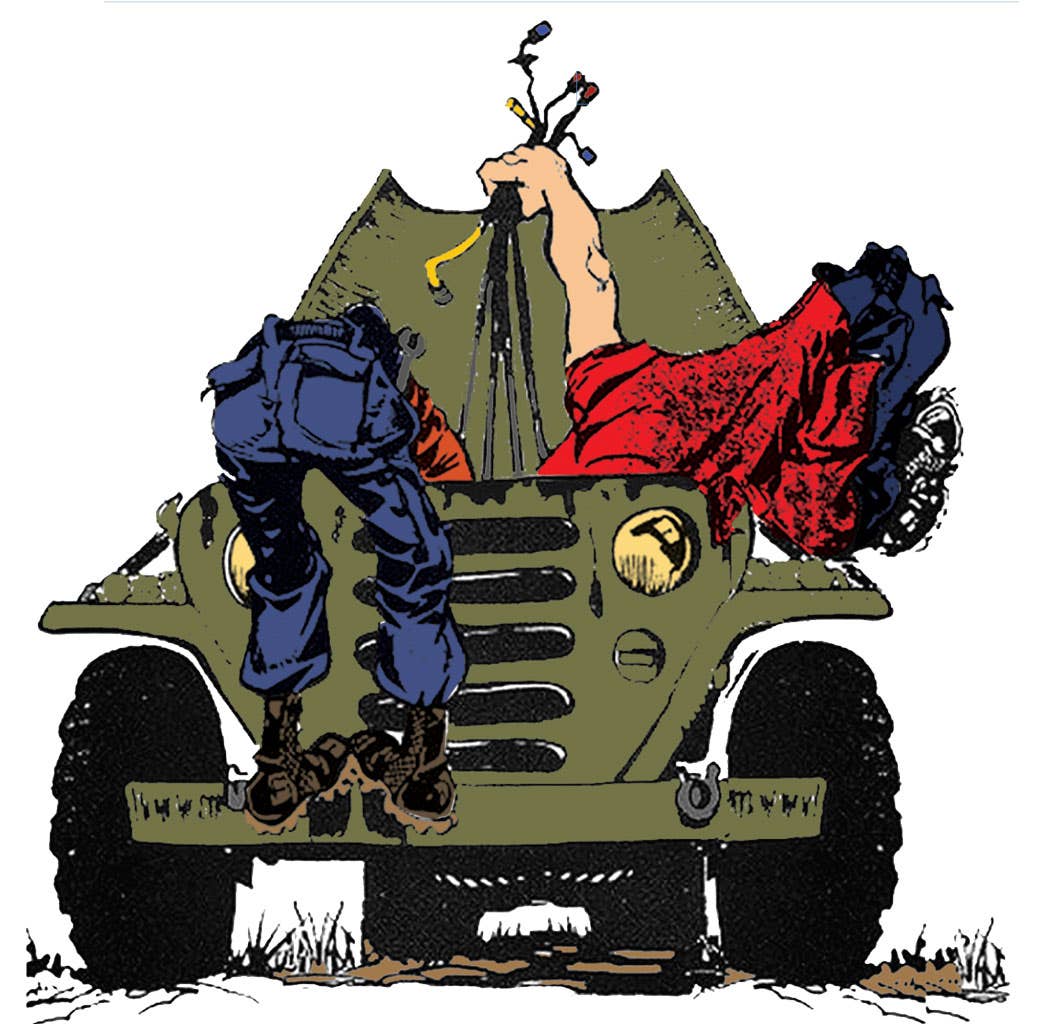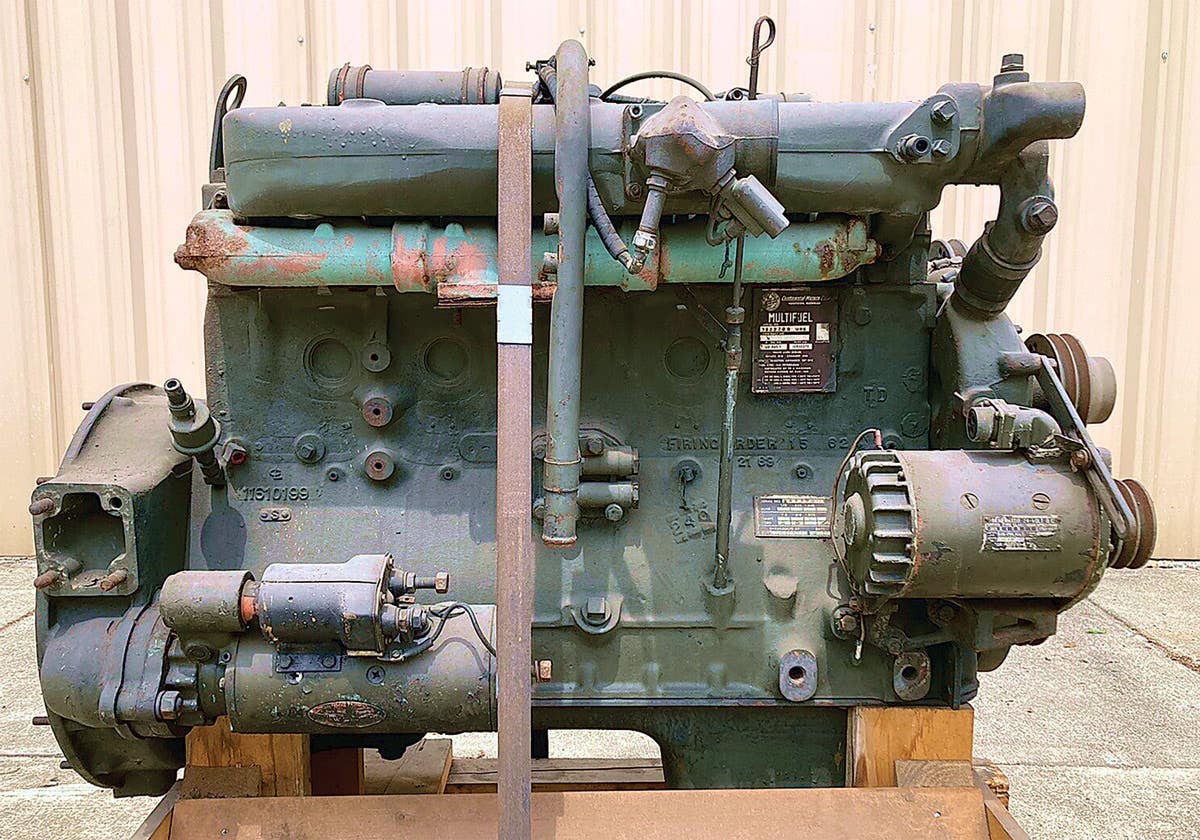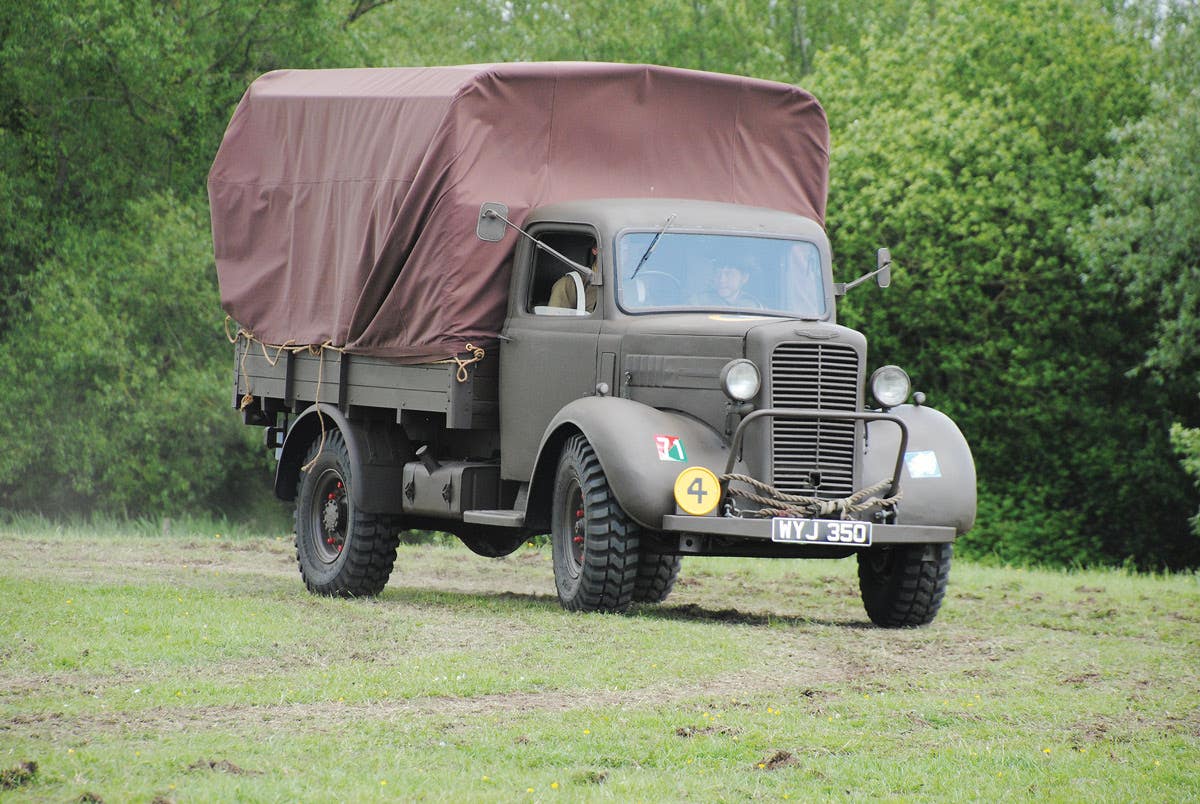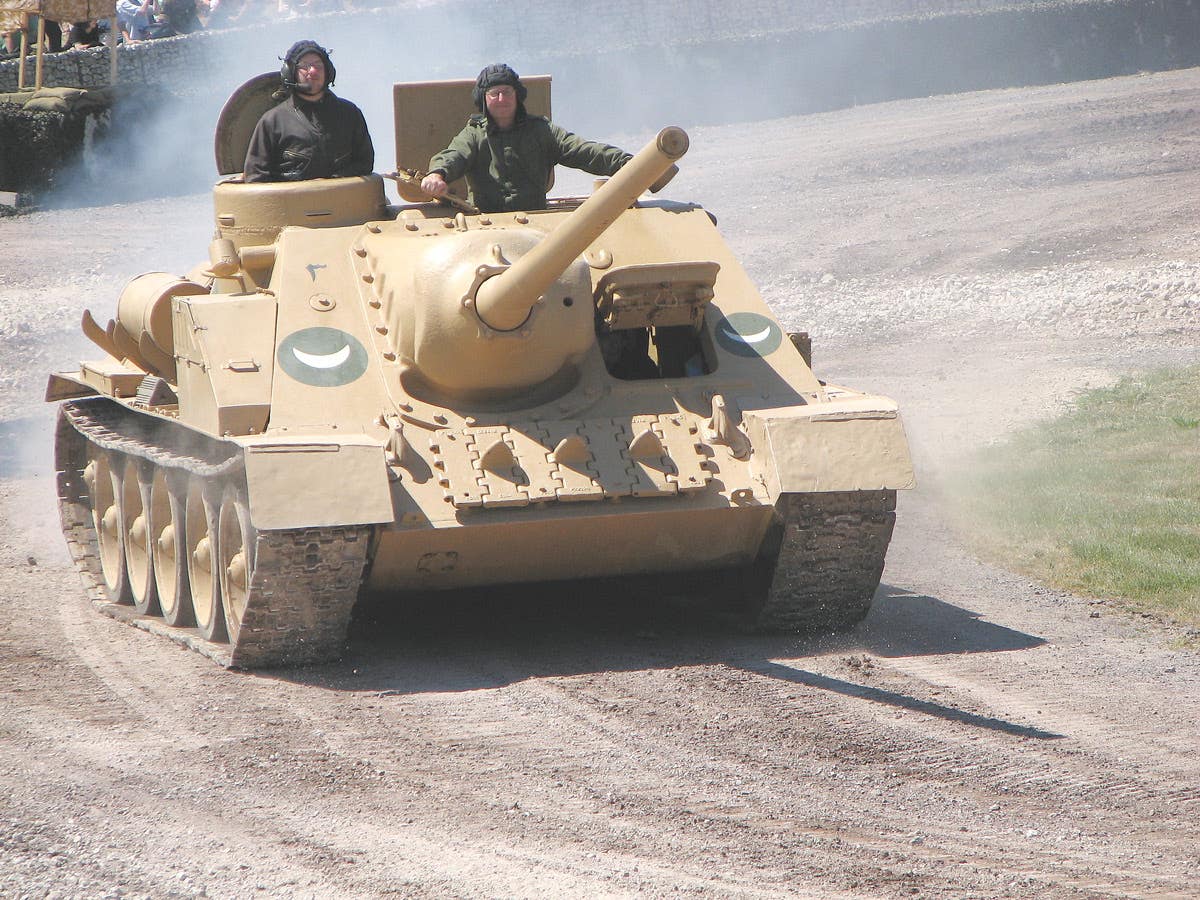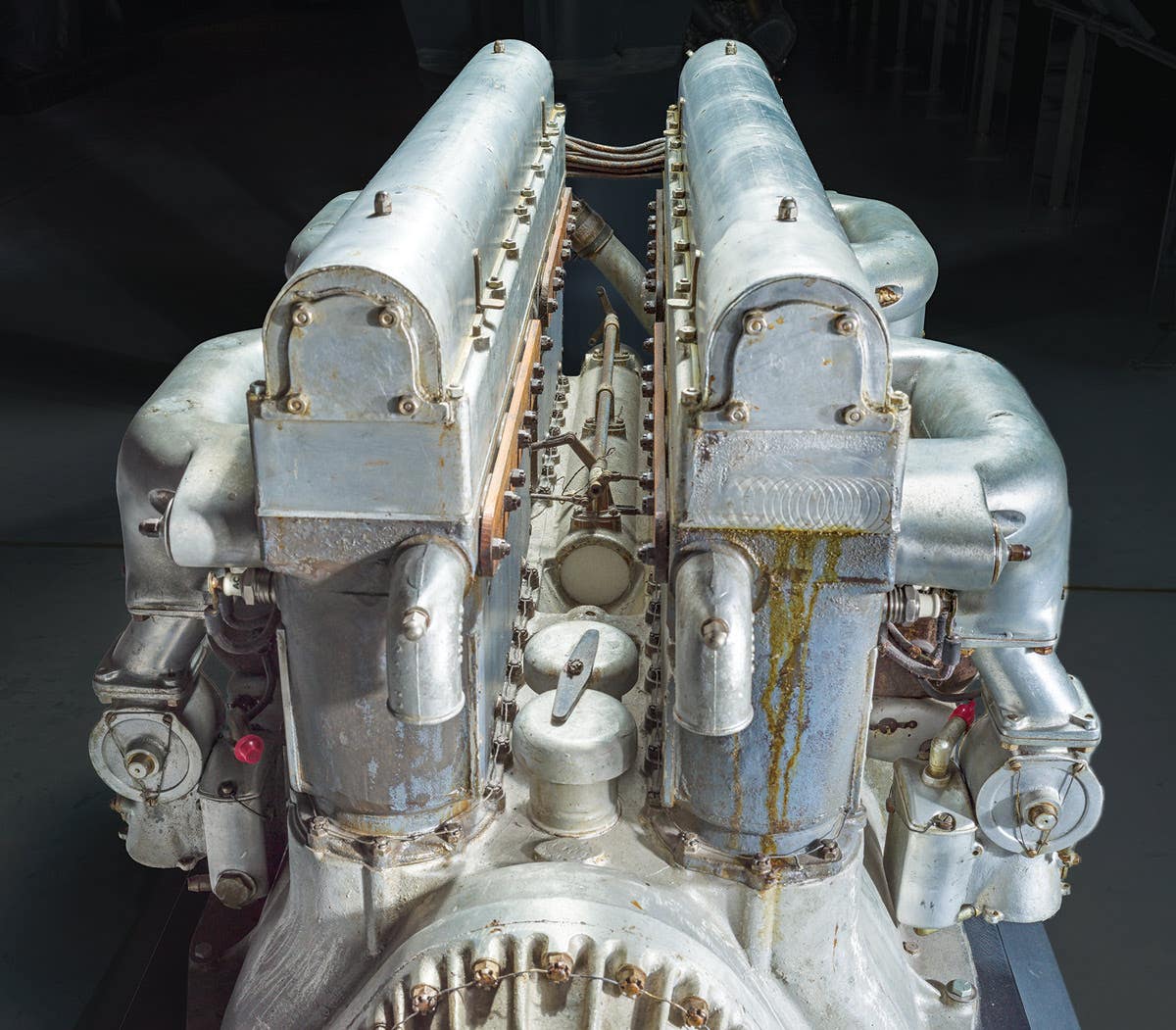Books In Review August 2016
Gun Trucks: A Visual History of the U.S. Army’s Vietnam-Era Wheeled Escort Platforms, by David Doyle (ISBN: 978-0-9861127-3-7, The Ampersand Group, 235 NE 6th Ave., Suite B, Delray Beach, FL…
Gun Trucks: A Visual History of the U.S. Army’s Vietnam-Era Wheeled Escort Platforms, by David Doyle (ISBN: 978-0-9861127-3-7, The Ampersand Group, 235 NE 6th Ave., Suite B, Delray Beach, FL 33483; 561.266.9686; jeff@ampersandpubco.com; www.ampersandpubco.com. Softcover, 120 pages, fully illustrated in color and black and white, 2016, $22.95).
Born out of the need for convoy protection during the escalation of combat in 1967, the Vietnam-era gun trucks are some of the most interesting military vehicles fielded during the 20th century. Noted military truck historian David Doyle has created an extensive and vivid portrait of these unique trucks. He begins with a detailed description of the truck platforms and designs, giving the reader a basic primer of the trucks prior to modification.
This is followed by a lengthy illustrated description of the many weapons systems used, from small arms to the .50-caliber quad. Coverage of the trucks in action follows and is composed of many never before seen photos, many of which are full page in size and in color. From the lightly armored jeeps to the 5-ton behemoths mounting an entire APC in their beds, all the types are showcased. Gun trucks fielded by transportation, engineer and air defense artillery units are detailed. The book completes its narrative with a comprehensive photo essay of the world’s only surviving gun truck now on display at the U.S. Army Transportation Museum.
Whether researching these vehicles of destruction, recreating a full size example, or modeling in scale, the photographs and informative captions chronicling the history of the trucks, weapons, and armor systems will provide the details you desire. Doyle has provided a valuable path for these formidable trucks to roll into the written record of the Vietnam War.
German Panzer 1: A Visual History of the German Army’s World War II Light Tank, by David Doyle (ISBN: 978-1-944367-05-3, The Ampersand Group, Inc, 235 NE 6th Ave., Suite B, Delray Beach, FL 33483; 561.266.9686; jeff@ampersandpubco.com; www.ampersandpubco.com. Hardcover, 168 pages, more than 200 color and black and white illustrations, 2016, $28.95).
First used in combat during the Spanish Civil war as a part of Germany’s Condor Legion on the side of the Fascist forces,the smallPanzer 1 tanks were still in service during the early stages of WWII. As combat experience accrued, engineers modified the small tank’s design,resulting in several different marks of the Panzer I.
This volume chronicles the development, deployment, and subsequent demise of the Panzer I. As part ofAmpersand’s “Visual History” series, it provides the photos and details that modelers and vehicle enthusiasts require for an in-depth understanding of this pioneering WWII armored fighting vehicle.
Forgotten Archives: The Lost Signal Corps Photos 1, by Darren Neely (ISBN: 978-1908032119, Panzerwrecks, Distributed in the U.S. by Casemate, 908 Darby Road, Havertown, PA 19083, 610.853.9131; www.casemategroup.com.Hardcover, 240 pages, 266 black and white illustrations, 2016,$56.95)
Signal Corps photos have been used over and over in text books, popular trade books at bookstores in every shopping mall and now on the internet. The photos in this book are those that have not yet been published or have only appeared in hard-to-find unit histories.
This first volume cover events in the ETO, from the Normandy breakout until the end of the war. The book is filled with superb, high quality photographs printed on glossy paper, permitting very detailed inspection of the atmospheric action shots from the winter of 1944 through the spring of 1945. Not only are there stunning images of of knocked-out German AFVs, but also a large number of destroyed US vehicles. If you are a fan of the “Panzerwrecks” series and want to see some knocked out Allied armor, you with be delighted with the “Forgotten Archives.”
Liberator: The Harley-Davidson WLA in the Second World War, by Robert S. Kim. (ISBN: 9780692028759, available through Amazon.com. Softcover, 164 pages, 2015)
Liberator: The Harley-Davidson WLA tells the story of how the U.S. Army and Marine Corps and other Allied armed forces that used the Harley-Davidson WLA and other American military motorcycles during the war. The book briefly traces the development of the WLA in 1940-42 from the civilian Forty-Five models of 1929-39, and goes on to describe the evolution of U.S. Army and Marine Corps usage in the motorcycle-borne mechanized cavalry experiments of 1940-41. It follows with an examination of the wartime use of motorcycles in each major type of U.S. Army unit (mechanized cavalry, armored divisions, infantry divisions, airborne divisions, military police, etc.) and in Marine Divisions, with detailed tables of organization and equipment for each. Moreover, Liberator:
The book is about how the U.S. armed forces and other Allied armies used the WLA – it is not a detailed history of the development or production of the WLA or of Harley-Davidson during the era. Self-published, it suffers poorphoto reproduction – many small and low resolution.
It does offer an interesting examination of how American soldiers and Marines actually used these machines on the combat front. Through profiles of several individual soldiers who achieved noteworthy feats on motorcycles, the author has compiled a good “reading” book. While it may not be a book for the restorer or modeler, it does provide a substantial foundation for understanding the use of these classic bikes during WWII.
From the staff of North America's no. 1 historic military vehicle source -- Military Vehicles Magazine



